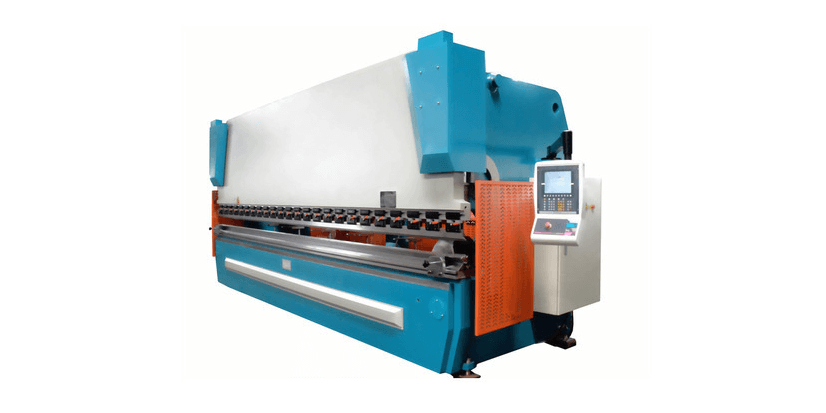Press brakes are very important in various industries and that makes them necessary to understand. To successfully bend these materials with a press brake, one would require detailed information and understanding of just how the machine functions, what it does and how to maintain it. For those new to working with press brakes, important things you should know are explained below.
Various Types of Press Brakes
One of the most common types of press brake is the hydraulic press brake. However electronic press brakes are more common as well. These hydraulic press brakes are more common and have been around a lot longer. Another reason they are so common is that they are quite easy to use. This means that they can handle heavier workloads and are manufactured in various sizes ranging from 3000 tons up to 50 ft. length. Most of these press brakes are found in 100-300 ton range too, making this the most for thicker materials.
Unlike the hydraulic press brakes, electronic press brakes are new to the scene, however, this doesn’t mean they aren’t designed to suit your needs as they have quite attractive features as well. They require no hydraulic oil to work so the issues of oil leaks and other issues are not necessary to fix in the long run. They run with electricity and they usually come in small sizes.
CNC press brakes are an electro-hydraulic servo press brake that offers you more efficiency and precision. When you make use of a CNC press brake, all you need to do is input the numbers of the number of pieces plus the bending angle of each and that is all. It carries on from there and bends accordingly.
There are very important things to check and understand when handling a press brake. One of those things includes the press brake tooling. Knowing the tolerance of tooling aids you in the punch and dies to make use of it. You need tooling that fits the specifications of a manufacturer. It makes it easier to make the necessary adjustments.
Some common dies for press brakes include V dies which vary in depth, angle, and width. If your project requires multiple bends, they can achieve this.
Press brake tonnage is another important thing to know. An operator will need to understand all the loaf limits present so they don’t damage the machine. It is important to familiarize yourself with the tooling load limits, forming tonnage, sinking tonnage limits as well as centerline load limits. It is also important to know how to calculate them.
Usually, tonnage estimates are present from the manufacturer and in some cases, they are mounted on a machine. Charts present are for air bending only and can be exceeded 8 times for counting. However, you can’t exceed it for air bending because you wish to damage the machine, material, and tooling.
It is important to be familiar with drawings as well. They come with various information such as bend angles, inside radii, the dimension of parts, blank sizes, etc. In a case where the information is omitted, then the operator will be required to make changes. This is a lot easier with more experience but not the best situation for press brake operators.
